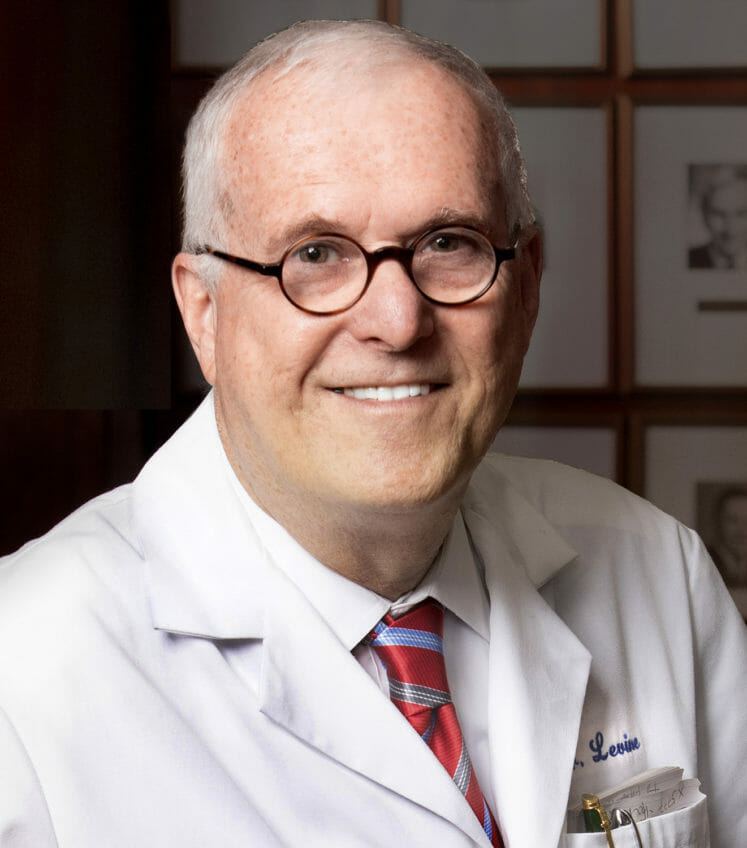
Q: What are the best products for healing wounds?
A: Wound care products represented a global market valued at nearly $20 billion in 2020, and that is only expected to grow with an aging population and the increased incidence of diabetes and other comorbidities that affect healing.
Choosing a cost-effective wound care formulary and ensuring proper use of products presents a daunting challenge to most post-acute care facilities, one complicated by a lack of research on effectiveness and comparative efficacy.
Most wound care products are classified as “medical devices” by the FDA and are not subject to controlled clinical trials to prove efficacy and safety. These include foam dressings, hydrogels, alginates, silver-containing dressings and more. The variety of products is bewildering, and suppliers often present long-term care facilities with an array of expensive, high-tech goods when simpler and less expensive choices often will suffice in many cases.
Choices are based often on availability, insurance coverage, patient comfort, expert opinion, and intrinsic rationale for product type. The guiding principle, however, should be the concept of “wound bed preparation,” which is a tool to conceptually organize the array of wound products in a manner that achieves maximal benefit.
Wound bed preparation focuses on critical components of management, including control of moisture and exudate, minimizing contamination with harmful bacteria, and removal of dead tissue and foreign material.
The goal is to reestablish the balance of biochemical factors in wounds, thereby stimulating the healing process. This, in conjunction with basic hygiene, pressure redistribution and nutrition, will heal most chronic wounds. Once wound bed preparation is understood, construction of a formulary and product choice become easier.
From the December 2021 Issue of McKnight's Long-Term Care News



